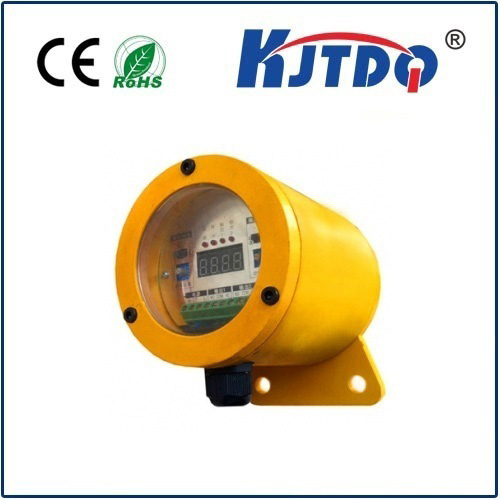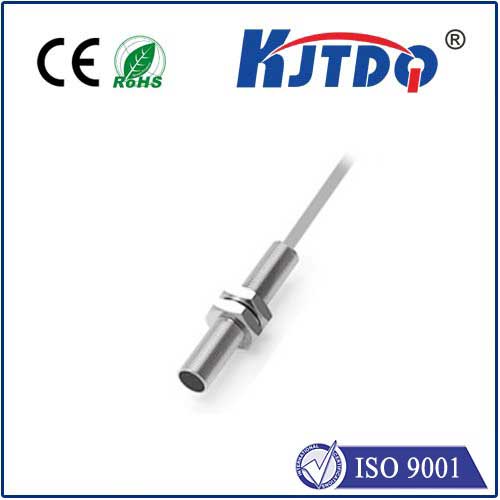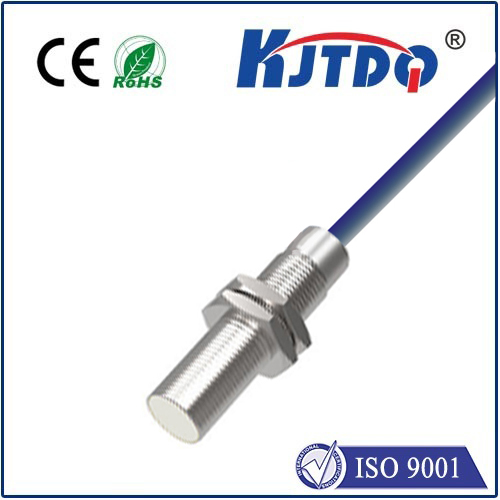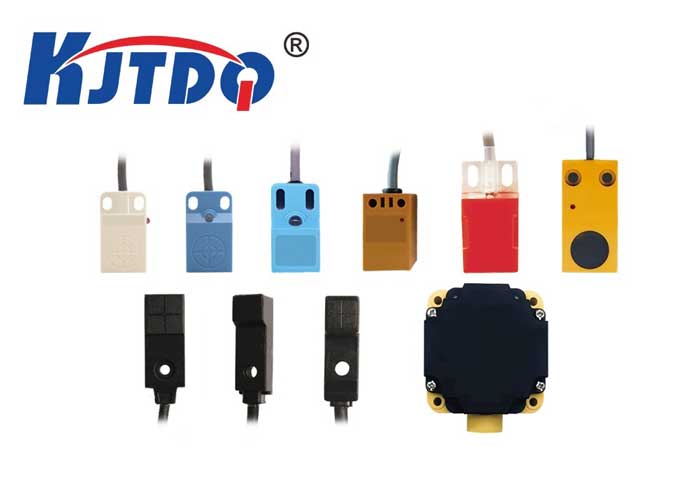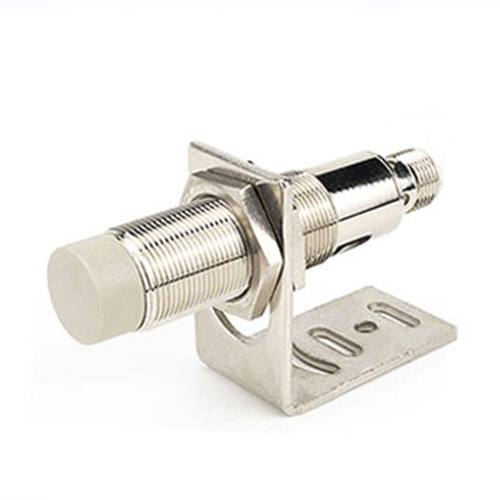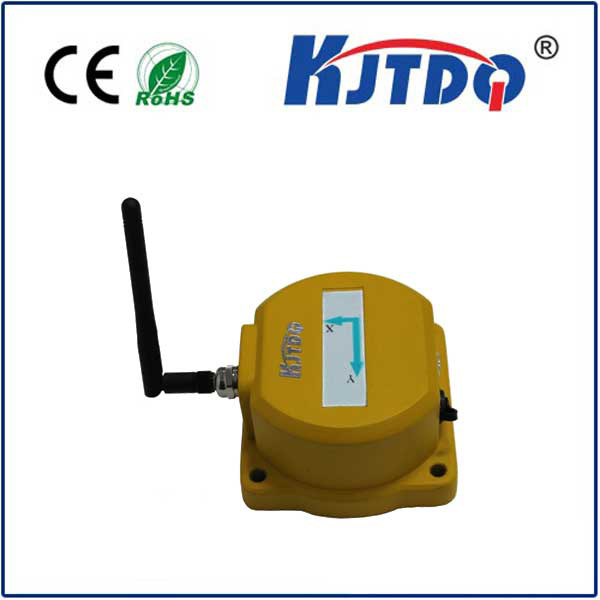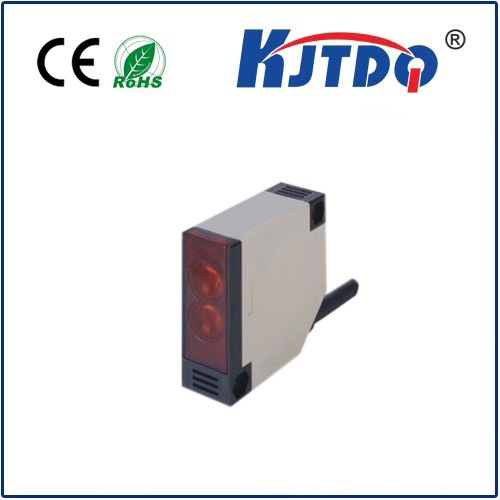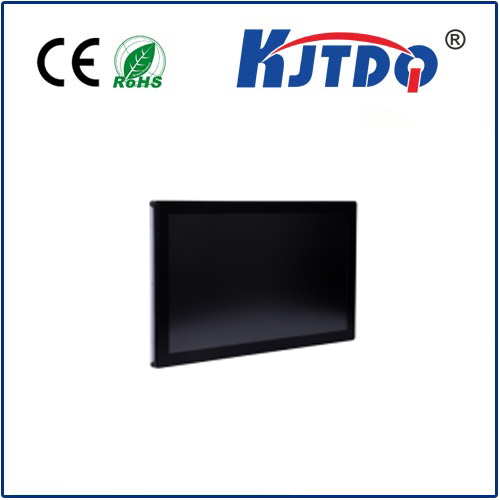

check

check

check

check

check

check

check

check

check

check
High-Performance Sensor Innovations: The Breakthrough of High Temperature Speed Sensors In the rapidly advancing field of technology, sensors play an integral role in monitoring and measuring critical parameters across various industries. One remarkable innovation that stands out is the development of high temperature speed sensors—devices engineered to withstand extreme thermal conditions while accurately measuring speed. This breakthrough technology has opened new frontiers for applications that were once considered impossible or impractical due to the limitations of conventional sensors. In this article, we will delve into the significance of high temperature speed sensors, their unique features, and the myriad ways they are transforming industries. Understanding High Temperature Speed Sensors High temperature speed sensors are designed to operate efficiently in environments where heat is a significant factor. These sensors can function without performance degradation at temperatures far exceeding the capabilities of standard sensors. They incorporate advanced materials and cooling systems that ensure their reliability and accuracy under harsh conditions. Whether it’s in aerospace, automotive engines, industrial furnaces, or any high-temperature制造 process, these sensors provide precise data that is vital for safety, efficiency, and control. Features and Technologies What sets high temperature speed sensors apart from their conventional counterparts are their state-of-the-art features. They often include:
Aerospace: In jet engines and spacecraft, these sensors monitor rotor speeds with pinpoint accuracy, contributing to safer and more efficient flights.

Automotive: In high-performance racing cars and heavy-duty vehicles, they help optimize engine performance and ensure reliable operation under extreme conditions.
Manufacturing: Within high-temperature industrial processes like metal casting or glassmaking, these sensors provide critical data to maintain quality control and enhance production efficiency.
Energy Sector: In power plants, especially those using fossil fuels or biomass, high temperature speed sensors play a crucial role in turbine monitoring, improving energy conversion rates, and reducing downtime. Future Prospects As research and development continue to progress, the potential of high temperature speed sensors expands even further. Future iterations may offer enhanced capabilities such as wireless communication, greater resistance to corrosive environments, and improved durability. Moreover, as industries seek sustainability and efficiency improvements, the demand for these advanced sensors is expected to grow exponentially. In conclusion, high temperature speed sensors represent a significant leap forward in sensing technology. Their ability to perform reliably in extreme temperatures paves the way for new possibilities across numerous fields. As they become more prevalent, their impact on safety, efficiency, and innovation will undoubtedly be profound, marking them as a cornerstone of future technological advancements.
